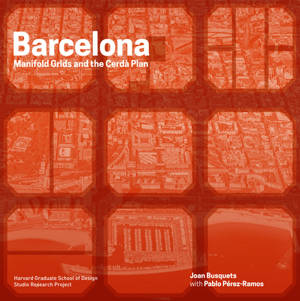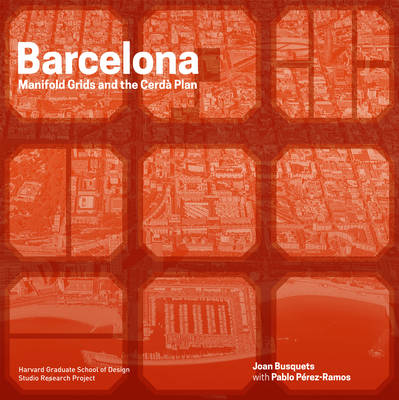
- Retrait gratuit dans votre magasin Club
- 7.000.000 titres dans notre catalogue
- Payer en toute sécurité
- Toujours un magasin près de chez vous
- Retrait gratuit dans votre magasin Club
- 7.000.000 titres dans notre catalogue
- Payer en toute sécurité
- Toujours un magasin près de chez vous
Description
Redesigning Gridded Cities focuses with extreme detail on four paradigmatic gridded cities, Manhattan, Chicago, Barcelona, and Hangzhou by analyzing these cities and proposing their own interventions that implicate the grid in productive ways. They emphasize the value of open forms for city design, and specifically insist that the grid has the unique capacity to absorb and channel urban transformation flexibly and productively. In both historical and projective, this series of books explore the potential of the grid as a design tool to produce a multitude of urban processes and forms. The construction of modern Barcelona can be seen as a laboratory of urban projects and planning strategies. This process spanning more than 150 years features a series of innovative experiments that correspond to different scales and explain the complexity involved in constructing such a singular capital city.
Spécifications
Parties prenantes
- Auteur(s) :
- Editeur:
Contenu
- Nombre de pages :
- 132
- Langue:
- Anglais
- Collection :
Caractéristiques
- EAN:
- 9781939621535
- Date de parution :
- 01-06-17
- Format:
- Livre broché
- Format numérique:
- Trade paperback (VS)
- Dimensions :
- 279 mm x 279 mm
- Poids :
- 725 g







